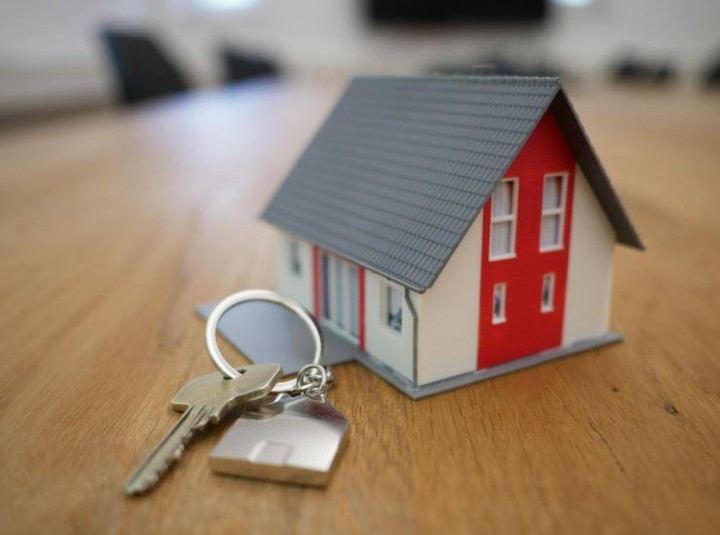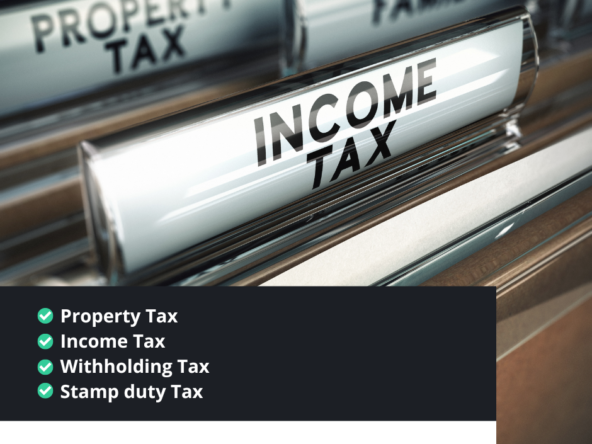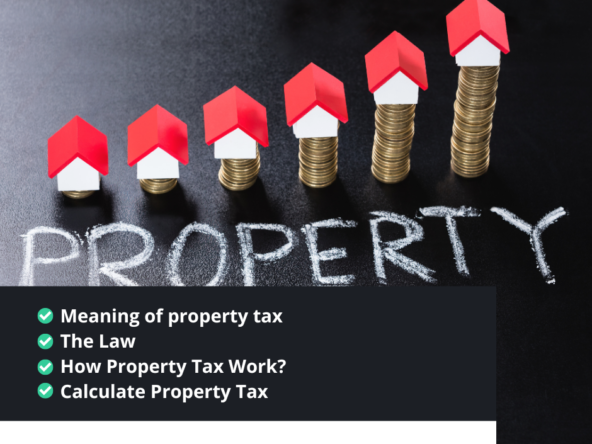HOW TO DETERMINE A GOOD RENTAL PROPERTY IN UGANDA
There are many criteria you’ll need to consider in your search for a good rental property in which to invest. If you’re looking for a residential rental property — such as a single-family residence or a small apartment complex — you may want to focus your search within neighborhoods with homes appreciating in value, low crime rates, strong employment figures and well-rated schools.
But assuming you have narrowed your search for rental investments to a given area or even to a few specific properties, you should then run some basic calculations to get a better sense of how well those properties might be able to generate income for you.
Your goal, of course, will most likely be to find a rental property that generates positive cash-flow — where the rents and any other income you earn on the property is greater than all expenses, including your mortgage payment, property management fee, property taxes (calculated monthly), repairs, insurance, etc.
Imagine you were to purchase a four-unit apartment complex for $300,000, and you took on a $1,900 mortgage payment (which included impounded property taxes, paid by the mortgage company). You then hired a property management company for $150 to handle screening tenants and managing repair and maintenance issues. Further assume that ongoing maintenance work like landscaping for the apartment runs you another $50 and that for expenses you are responsible for on the property, Your total costs, then, come to $2,100 per month.
Finally, assume you can charge $800 per unit and that all four units rent. That gives you a gross income of $3,200 — a net operating income of $1,100 per month.
Another way to determine whether or not a rental property might be viable for you is to use the simple 1% rule. This guideline allows you to take an estimate of your monthly income on a rental property and divide it by the purchase price — and it argues that if that number is in the 1% range, then you might have a good rental property.
Using our example above, if the purchase price were $300,000 and the estimated monthly income were $3,200 (assuming no vacancies during the year), then that would give you a better-than-1% return, 1.06% in fact.
However, these calculations are always more complicated and require accounting for more variables. In the hypothetical example we’ve been using here, you might also need to build a 5% vacancy into your estimate because that is the standard vacancy rate for similar properties in the area. That would take your annualized income estimate from $38,400 ($3,200 per month times 12 months) down to $36,480 — to reflect a 5% drop in income due to a vacancy. Now your monthly income estimate will be $3,040 — still roughly 1% of your purchase price, and still, therefore, a potentially viable deal. Keep in mind that this is purely a simplified example and potential opportunities can vary from the example provided.
BUYING RENTAL PROPERTIES
One of the most challenging aspects of buying rental properties is compiling a complete list of all expenses. Failure to take into account even one upfront capital outlay or ongoing expense can lead you to an inaccurate estimate of the cost and income potential of your property.
That list of expenses is long and includes agent/broker commissions for acquiring the property, mortgage fees, cleaning and maintenance, repairs, utilities, insurance, advertising for tenants, mortgage interest, property management, your time and expense traveling to and from the property, taxes and tax-return prep, legal fees, the costs to replace appliances, etc.
It is extremely difficult if not impossible to know in advance all of the expenses your rental property may require. For this reason, as you are calculating a property’s income potential, it is important to gather as much information on the property and similar properties in the area as possible. It is also advisable to err on the conservative side in your calculations — factoring in an additional percentage of expenses for unforeseen costs.





